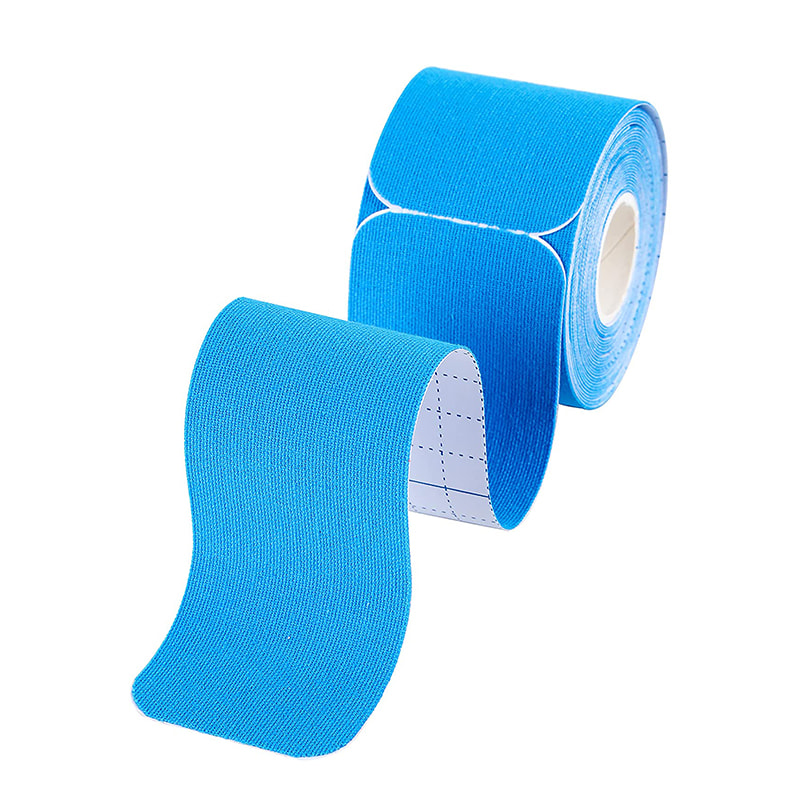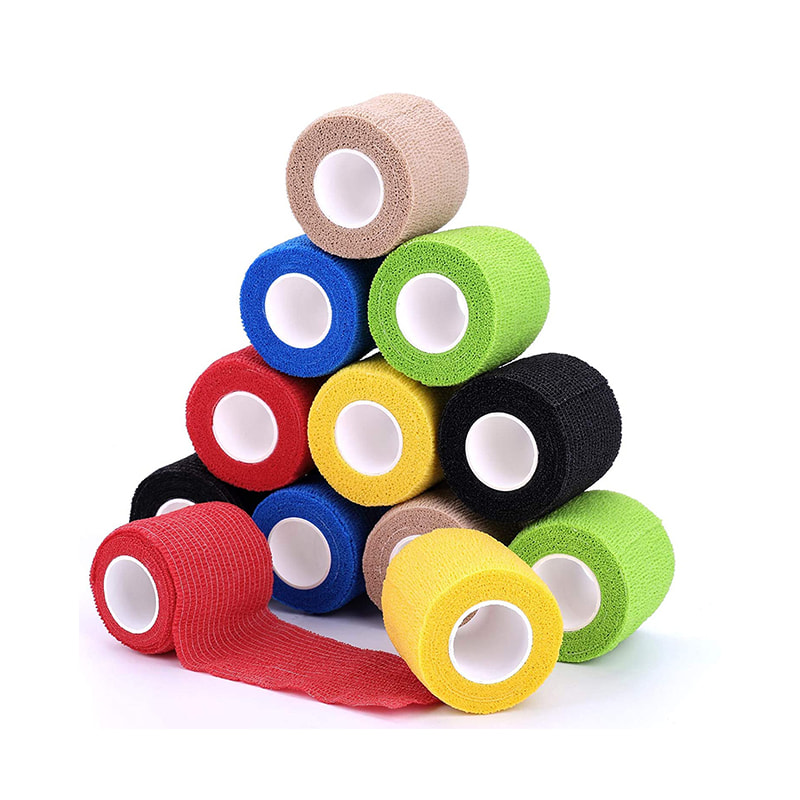In the wilderness environment, changes are unpredictable, and the weather may suddenly turn cold or bad. First aid blanket can provide basic warmth functions, help prevent hypothermia, and protect the body from severe cold and wind. When lost or injured outdoors, emergency blankets can be quickly set up as temporary shelters to provide temporary protection from exposure to harsh weather or extreme environments.
First aid blankets can be placed on wet or cold ground to act as a barrier to keep the body dry and warm, reducing the risk of getting cold or injured. First aid blankets are usually designed to provide basic warmth and protection, but some models may have special features or additional functions to enhance their versatility and practicality. Here are some common special features or additional functions:

First aid blankets are made of waterproof materials and can provide extra protection in wet or rainy environments to prevent the injured from getting wet or wet. One side is covered with reflective material, making it easier to be found in low-light conditions, improving the visibility of the injured, and helping rescuers locate it quickly.
Some First aid blankets are designed with a multi-layer structure, combining insulation, reflective layers, and waterproof layers to provide more comprehensive protection and functions, such as warmth, water resistance, and wind resistance.
Certain advanced First aid blankets may have biohazard protection, which can block harmful gases, chemicals, or microorganisms and protect the injured from environmental pollution.
First aid blankets play an important role in wilderness life, providing outdoor enthusiasts and explorers with basic protection and survival strategies in emergencies. They are a vital piece of survival gear that can potentially save lives in emergencies.

 English
English Español
Español русский
русский Français
Français Deutsch
Deutsch By Admin
By Admin






















